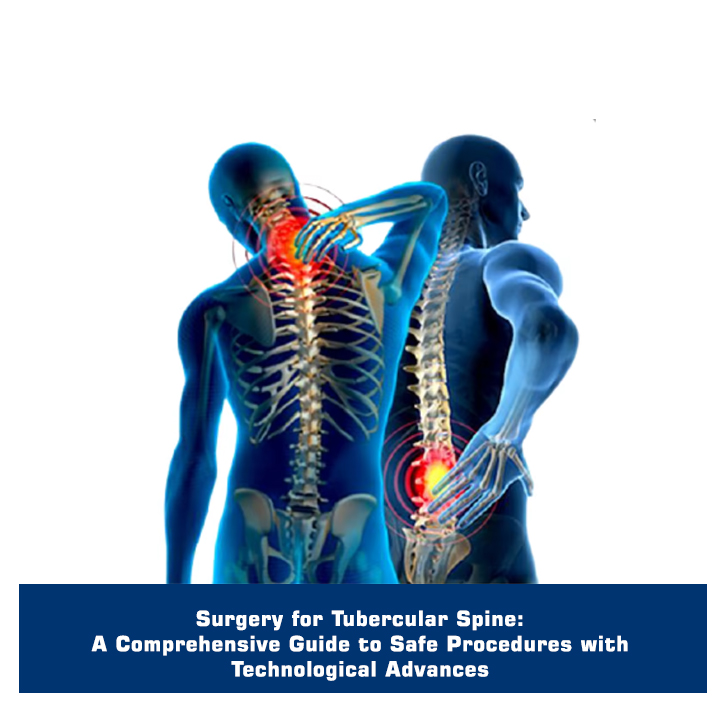


Introduction:
Tuberculosis of the spine, also known as Pott's spine, often requires surgical intervention to address complications and promote healing. In recent years, technological advances have significantly improved the safety and efficacy of surgical procedures for the tubercular spine. This article aims to provide an informative guide, incorporating the latest technological advancements, to ensure safe surgery for the tubercular spine.
Technological Advances Improved the Safety of Surgery for Tubercular Spine
Technological advances have revolutionized surgical procedures, enhancing safety and precision. Some notable advancements include image-guided navigation systems, minimally invasive techniques, and intraoperative imaging. These technologies allow surgeons to plan and execute surgeries with greater accuracy, reduce complications, and improve patient outcomes.
Benefits of Minimally Invasive Techniques in Tubercular Spine Surgery
Minimally invasive techniques involve smaller incisions and the use of specialized instruments. These techniques offer numerous advantages, including reduced blood loss, decreased postoperative pain, shorter hospital stays, and faster recovery. Minimally invasive approaches are particularly beneficial for tubercular spine surgery as they minimize tissue trauma and facilitate early mobilization.
Intraoperative Imaging Contributes to the Safety of Tubercular Spine Surgery
Intraoperative imaging, such as intraoperative CT or fluoroscopy, provides real-time visualization during the surgery. It allows surgeons to confirm the accuracy of instrument placement, assess the decompression of neural structures, and make immediate adjustments if necessary. This technology ensures precision and helps prevent complications associated with misplacement or inadequate decompression.
Other Technological Advancements that improve Surgical Safety
Other advancements include neuromonitoring systems, which help monitor nerve function during surgery, and advanced biomaterials used in spinal implants for better stability and fusion. These technologies aid surgeons in preserving neurological function, improving fusion rates, and reducing the risk of implant-related complications.
Patients Benefit from These Technological Advances in Tubercular Spine Surgery
Technological advances in tubercular spine surgery provide patients with safer procedures, faster recovery, and improved outcomes. Patients experience reduced postoperative pain, shorter hospital stays, and earlier return to daily activities. Moreover, these advancements contribute to better preservation of neurological function and overall quality of life.
Conclusion:
Technological advances have revolutionized the field of tubercular spine surgery, significantly enhancing safety and improving patient outcomes. Image-guided navigation systems, minimally invasive techniques, intraoperative imaging, and other advancements have transformed surgical procedures, ensuring greater precision, reduced complications, and faster recovery. Patients with tubercular spine conditions can benefit from these advancements by consulting with experienced surgeons who employ the latest technologies to deliver safe and effective surgical interventions.
